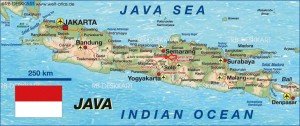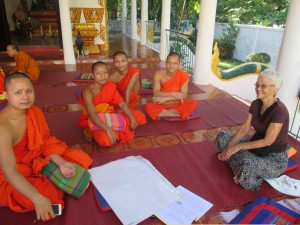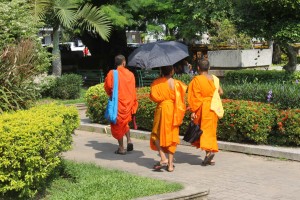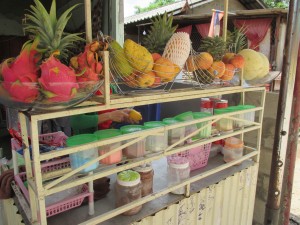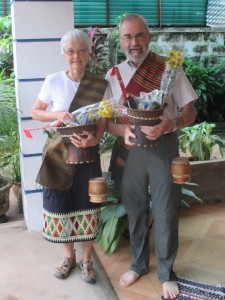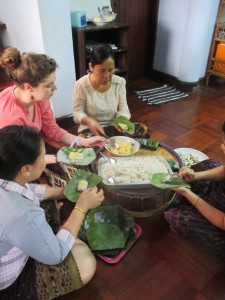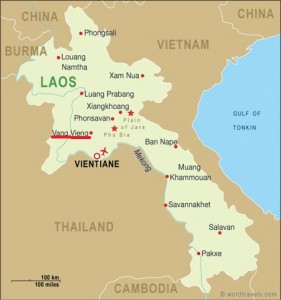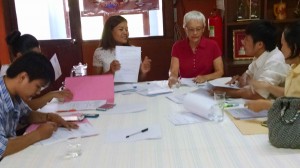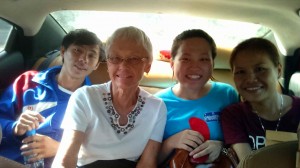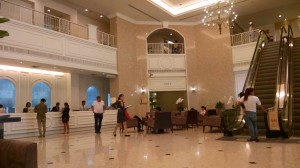Idul Adha
September 24th, 2015Eid al-Adha (or Idul Adha as known in Indonesia) is the second of two religious holidays celebrated by Muslims worldwide each year. The first is Eid al-Fitri (Idul Fitri) which celebrates the end of the month of Ramadan (fasting). Idul Adha celebrates the willingness of Abraham to sacrifice his son, Ishmael. The meat from the sacrificed animal is usually divided into three parts. The family retains one third of the share; another third is given to relatives, friends and neighbors; and the remaining third is given to the poor and needy.
For us, the celebration started the evening before with a parade of children on the street in front of our house. The parade was led by children chanting and carrying home-made objects on poles. Then came a band with drums and homemade marimbas. It continued the entire night with prayers, chanting, and drumming from the local mosque, broadcast through the loudspeaker. The mosque is just across the street from our bedroom! We sleep with our windows open for fresh, cool air. (Not much sleeping that night.)
For the celebration we were hosted/escorted to a small village mosque/school by a young Indonesian family. We witnessed the prayerful sacrifice of many male sheep, goats and cattle. It was not easy to watch for us. Even our female host cringed as we heard the baleful cries of the sheep.
It was fascinating to see how well organized the process was. There were men who brought the animal to the area and announced the family who was donating. There were others then who tied the animal and brought it to the exact spot where it would be sacrificed. We’re not sure, but it seemed as though these men needed to calm the animal and make it “willing” to be sacrificed. The Imam and some others prayed over the animal and then cut its throat. Another group of men carried the body to an open area and hung it up. Another group of men then skinned and cleaned it. And still more men cut it in chunks to be divided among the various groups of people.
We ended our time with this friendly family and a small meal at their house.
- parade
- mosque model
- marimbas & drums
- village
- waiting
- community
- community
- everyone watches
- onlookers
- sheep/goats waiting
- on the “altar”
- calming the cow
- “in the name of Allah”
- Imam completing task
- interested children
- playing with the feet
- our hosts
- mother and daughter
- happy famiy
- hosts with grandmother





















